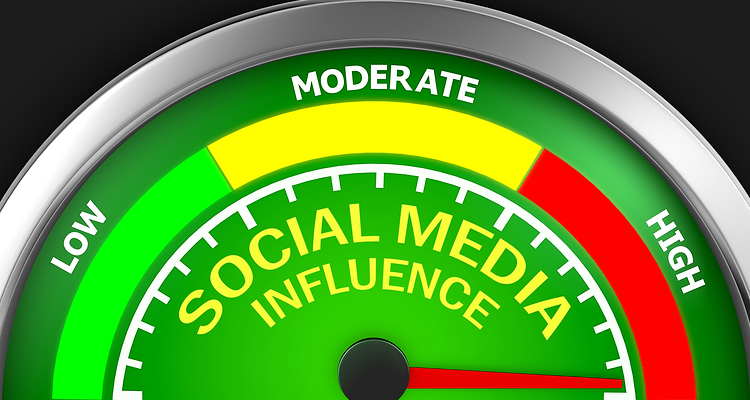
Photo Credit: Shutterstock
For many brands, influencer marketing is the latest new buzzword that’s changing the way they market to consumers. In short, it refers to brands abandoning their mass advertising strategies and, instead, zeroing in on an important niche: the social media influencers. By winning over these influencers, it’s possible to expand dramatically the reach and scope of a brand’s online presence.
Why influencer marketing?
While influencer marketing may seem like a fad – letting your brand’s future success ride on the fortunes of a few well-connected YouTube and Instagram stars – it’s actually built on top of three core features of today’s Internet:
- People loathe traditional advertising
- There are simply too many social platforms for most brands to target
- More people turn to online peers for recommendations than traditional authority figures
Thus, at a time when people ignore ads and find ways to avoid watching commercials, brands have been forced to look for new ways to reach eyeballs. And that’s what led them to embrace the online influencers, many of whom have tens of thousands, if not hundreds of thousands, of followers and fans on social media.
Simply stated, people trust 20-year-old YouTube celebrities and teenage Instagram stars to tell them what to buy. Especially for smaller brands, it’s a no-brainer to harness all of that existing social capital instead of trying to replicate it from scratch. It may be too expensive to win over the Kardashians, but it doesn’t cost much to win over a newly-minted Snapchat phenomenon.
Who’s doing it?
In 2017, influencer marketing is set to tilt into the mainstream. Right now, it’s mostly highly visible lifestyle brands – such as big fashion and beauty companies – that have embraced influencer marketing. According to a survey from eConsultancy, almost 60 percent of fashion and beauty brands have an influencer strategy in place, and 21 percent more plan to launch one within the next 12 months.
What’s really driving this trend is the pervasive reach of social platforms like YouTube, Instagram and Snapchat. YouTube is easily the biggest video platform on the planet, Instagram now has 600 million monthly active users and Snapchat is the social media platform of choice for young millennials.
And there’s one more factor adding fuel to the influencer marketing flames – and that’s the rise of live video. Going “live” gives brands more immediacy and intimacy with their fans.
What’s old is new again
In many ways, big brands have always relied on celebrity cachet to sell products. If you’re a sporting goods company, you’re going to hire NFL and MLB superstars to represent your products. If you’re a major fashion or beauty company, you’re going to hire a supermodel to launch a new perfume campaign.
What’s changed now is that social media has leveled the playing field. If you can make a viral video, you can become a celebrity these days. If you’re willing to document every moment of your waking life on Instagram, brands are willing to talk to you. Instead of paying huge endorsement contracts, brands are willing to offer entry into their world of exclusive events.
What remains to be seen is how influencer marketing will continue to change and evolve in 2017. Most likely, platforms like Instagram and Snapchat will grow even more in popularity, giving rise to a whole new generation of social media influencers.